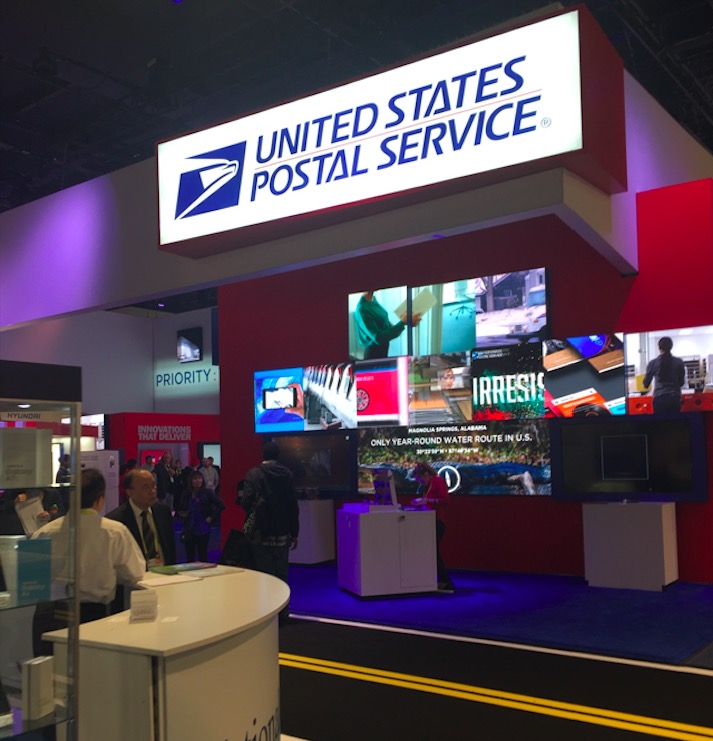Editor’s note: Earlier this month we asked our man on the ground, Will Schwartz, a principal at Gold+Root Communications, to cover the Consumer Electronics Show, in Las Vegas. Though we asked for only highly clickable hot takes on gadgets and trends, he came back with some compelling thoughts on where tech is today and where it’s headed. Big thanks to Will for the thoughts that follow.
I have to admit, I am not the biggest fan of attending CES. This probably does not make me the ideal choice for writing a roundup of the world’s largest hardware technology showcase, but here we are.
CES is a lot. There are upwards of 177,000 people maneuvering around each other to experience endless marketing gimmicks, promotional swag and pitches from salespeople. But it is still one of the most all-encompassing and relevant global technology gatherings there is. Every year since 1967 the show has gained relevance in business and pop-culture as cutting-edge electronics have grown from a niche interest to a part of nearly every aspect of our lives. These days, CES is seen as a bellwether of what is to come in consumer technology. There were some fascinating #trends this year that I saw that apply to the entire consumer electronics industry. Here goes.
All industries are now tech
Perhaps the primary long-term trend that was very clearly shown at CES 2017 is that hardware and software technology is pervading every single industry. There is a company from almost every industry you can think of making play to get noticed at CES.
Baltimore-based fitness brand Under Armour was there with a monster display, boasting of its ongoing, billion-dollar investment in the health-tech space. L’Oreal launched a smartbrush. The CEO of Carnival Cruise Lines gave a keynote speech on the company’s use of wearables and machine learning. On cruise ships.
What was the most surprising participant? It had to be the United States Postal Service. USPS clearly put a huge amount of resources into their multimedia booth showing all their “shipping innovations.” I truly do have a soft spot for the USPS. No one else ships letters for 49 cents. But also, they are kind of the opposite of innovation? I hope their newfound interest in cutting-edge technology will change that.
AI in all things
The biggest, most obvious product trend at the show was the integration of AI voice activated assistants in well, almost everything. From refrigerators to power-strips to cars and of course … robots and more robots.
Amazon’s Alexa is the clear leader in this trend, having created one of the most simple and useful APIs for developers to tap into the cloud-based assistant for their own products. But Alexa is only the tip of the iceberg. The bigger trend is the way cloud-based software is becoming a key part of nearly all hardware tech products and eventually all products we use.
In that past, there was a clear difference between the world of hardware and software. Now, if you are a software engineer, a hardware event like CES is relevant to you. Hardware represents a whole new market for software developers as new platforms for devices of all kinds grow into their own.

Faraday Future’s FF91 at CES. (Photo by Will Schwartz)
The tech sector is super global
Being at CES reminds me of how new technology ideas and startups are now truly coming from everywhere, not just Silicon Valley or New York. CES has likely always been somewhat international but the sheer amount of countries and regions actively putting significant resources into building startup ecosystems and promoting their homegrown products is incredible and particularly evident at CES.
In Eureka Park, the most chaotic section of CES, with hundreds of startups in small booths, almost every region of the world was represented. There were either VC funds, accelerators or government agencies showing off their portfolios of startups and products from countries like France (France actually had a shockingly large presence occupying at least six sections of Eureka Park), Israel, Czech Republic, Hong Kong, Ukraine, New Zealand, Canada, Belgium, South Korea and others. There are also global accelerators like Techstars and Hardware Club that help develop early stage startups from dozens of other regions, all with products on display. Overall, CES had representatives from 81 percent of all countries in the world.
The U.S. still had the largest amount of exhibitors, with 1,755 companies participating. However, China was a close second, with 1,575 companies. China’s big presence was also felt in other ways. The most hyped and noticed auto launch at the show was Faraday Future’s FF-91 model, which is backed by China’s newest multibillion-dollar tech conglomerate, LeEco. I can tell you first hand, FF-91 display was epic. They basically built what looked like a nightclub on the showroom floor.
Join the conversation!
Find news, events, jobs and people who share your interests on Technical.ly's open community Slack

